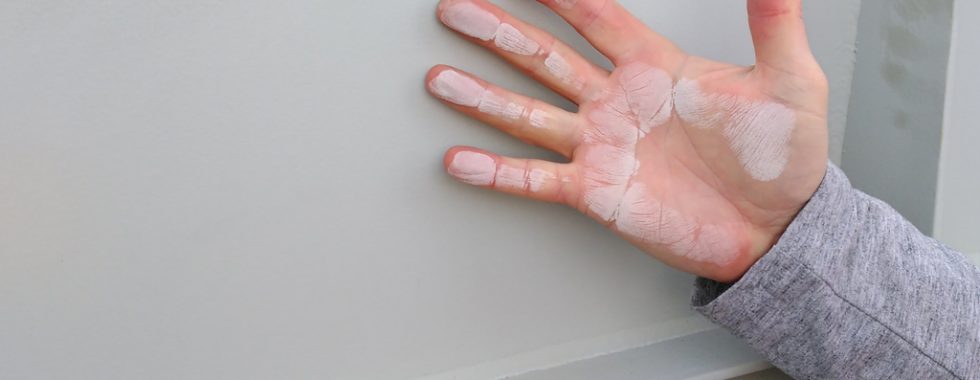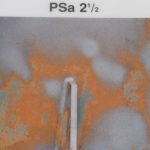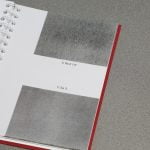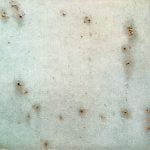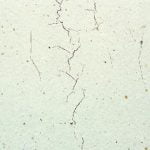ISO 4628 Parts 6 & 7: Degree of Chalking
In our latest blog on ISO 4628, we consider rating the degree of chalking by tape method (Part 6) and rating the degree of chalking on white or coloured exterior coatings and coating systems on rough surfaces (Part 7).
Any number of defects and modes of failure can impact on the long-term performance of a protective coating, but the most reported ones are detachment, blistering, cracking and rust formation. That’s why the coatings industry observes ISO 4628 closely when it comes to universal ways to assess the defects. And while the overall system used for designating the quantity and size of defects and the intensity of changes in appearance of protective coatings is defined by Part 1, it’s important that coatings surveyors consider two specific parts for some essential guidance.
While ISO 4628 is one of a series of standards dealing with the sampling and testing of paints, varnishes and related products, Part 6 specifically provides pictorial reference standards for designating the degree of chalking of paint coatings. It also describes a method by which the degree of chalking is rated. In using this method, it must be remembered that care should be taken to distinguish between true degradation products and adhering dirt, particularly when chalk is slight. There are certain coatings, such as epoxy coatings, that will chalk when exposed to UV light. The degree of chalking will depend upon the type of coating, intensity of UV and general environmental conditions.
Part 7 specifies a method suitable for rating the degree of chalking on white or coloured exterior coatings and coating systems on rough surfaces (i.e. those having a roughness greater than segment 4 of the reference comparator G as described in ISO 8503 1). The test method specified can also be used for the assessment of the degree of chalking of coatings and coating systems on smooth surfaces, but the method specified in ISO 4628 6 is preferable for this purpose.
The test method is applicable to coatings and coating systems on mineral substrates, e.g. fibre cement, brick, concrete, and renderings, independent of the structure of the surface. The method can be used quite effectively by experienced operators and is recommended for laboratory use as well as for onsite evaluation.
Surveyors should have available the latest revisions of the appropriate standards and test methods before conducting surveys. It is important to note also that when a reference to this test method is included in specifications, the test conditions (i.e., weathering method and substrate) must be agreed between the interested parties. It’s also necessary to refer to ISO 4628 1 for the designation system for quantity and size of defects and the intensity of changes in appearance of coatings, as well as general principles of the system.
More about what’s involved and why the use of protective coatings necessitates that the process of corrosion protection painting is effectively planned, is available in the Fitz’s Atlas of Coating Surveys at www.fitzsatlas.com/ This provides comprehensive guidance and more about the standards for determination and evaluation of the degradation of coatings.

